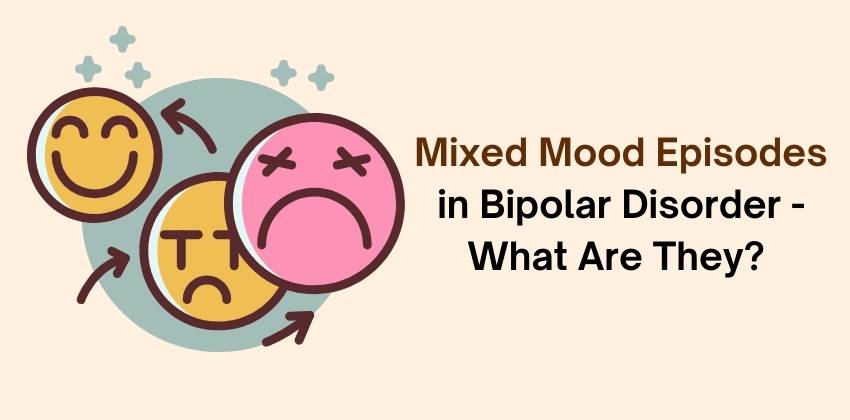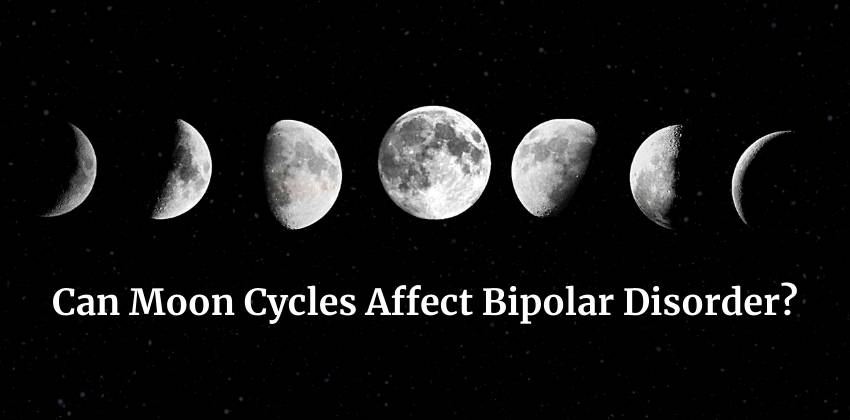Navigating Romance with Bipolar Disorder
Navigating Romance with Bipolar Disorder Recovering from the acute phases of bipolar disorder (BPD) is like learning how to surf. You know how to stand on a board, but it’s a whole new game when on unpredictable, choppy waters. It’s one thing to ride the ups and downs of BP on your own and it’s a whole nother experience living these ups and downs with another person who has their own set of thoughts, fears, and emotions. If we extend this analogy, then we can liken dating with BPD to surfing with two people on one board! Embarking on the journey of dating can be an exhilarating yet complex endeavor for anyone. When you add the intricacies of bipolar disorder into the mix, the path can seem even more daunting. Yet, with the right guidance and a touch of self-awareness, it is entirely possible to build and maintain fulfilling relationships. In this post, we’ll delve into practical advice and insights, aiming to help you traverse the dating landscape with confidence and grace. Self-Care Comes First Prioritize Your Mental Health: Before you immerse yourself in the dating scene, ensure your mental health is on a stable footing. This involves regular therapy sessions, diligent medication management, and a robust self-care routine. Consider also seeking out the advice of your support group to see if they feel you are well enough to be in a relationship. Know Your Triggers: Recognize and understand your triggers. Sharing these with your potential partner can pave the way for a more supportive and empathetic relationship. Communication is Key Be Open and Honest: From the outset, be transparent about your bipolar disorder. This openness not only builds trust but also minimizes potential misunderstandings. It’s scary because there is sometimes the fear of rejection, but it is better for the person to bow out of the relationship sooner rather than later when there are more attachments. Educate Your Partner: Arm your partner with knowledge. Bipolar disorder is characterized by dramatic shifts in mood, energy, and activity levels. These shifts can range from manic or hypomanic episodes to depressive lows. Gaining a solid grasp of these fluctuations is crucial for both you and your partner, fostering a deeper mutual understanding. The BPH masterclass, The Five Pillars of Bipolar Recovery, is a great resource as well as our companion book. Setting Boundaries Define Personal Boundaries: Clearly articulate what you are comfortable with in terms of your mental health and relationship dynamics. Do you want them to be a part of your recovery journey or would you like to separate the matters. Separation may seem counter to open communication, but if you are able to gain the trust with your partner that you have others who help you manage your mental health, then that opens the possibility of not bringing you partner into your recovery journey. The choice is ultimately yours. Respect Each Other’s Space: Acknowledge the importance of personal space and time, especially during periods of emotional turbulence or stress. Managing Expectations Take Things Slowly: Resist the urge to rush. Allowing the relationship to develop at a natural pace gives both parties time to adjust and understand each other. Consider not getting sexually involved too soon as the intense emotions can trigger mood episodes, rash decision making, and over committing. Communicate Readiness for Hard Conversations: This requires awareness on the bipolar individual’s part to know when they are not mentally and emotionally ready to handle hard conversations. It also requires their partner to exercise patience and even identify when the person is off and not ready. For example, if one partner observes irritability in the other, then to consider stating, “Hey, is this a good time to talk about this? We can talk about this another time.” Set Realistic Expectations: Perfection is an illusion. By setting realistic expectations, you and your partner can better navigate the inevitable ups and downs of the relationship. Coping Strategies for Challenging Times Develop Coping Mechanisms: Collaborate with your therapist or mental health coach to craft effective coping strategies for mood swings. Sharing these with your partner can empower them to support you more effectively. Seek Professional Help Together: Couples therapy can be a valuable tool in improving communication and addressing challenges head-on. Supporting Each Other Mutual Support: Encourage your partner to engage in their own self-care and seek support when needed. A truly healthy relationship is built on mutual care and understanding and sometimes it’s advisable for each person to have professional support that will nurture the relationship and even heal it if things get sour. Celebrate Small Wins: Don’t overlook the small victories. Celebrate these moments as they contribute significantly to both your relationship and your mental health journey. Conclusion While dating with bipolar disorder presents unique challenges, with the right strategies and a supportive partner, it is totally possible to foster a healthy and fulfilling relationship. Prioritize your mental health, maintain open communication, and remember that mutual understanding and patience are the bedrocks of any strong partnership.



